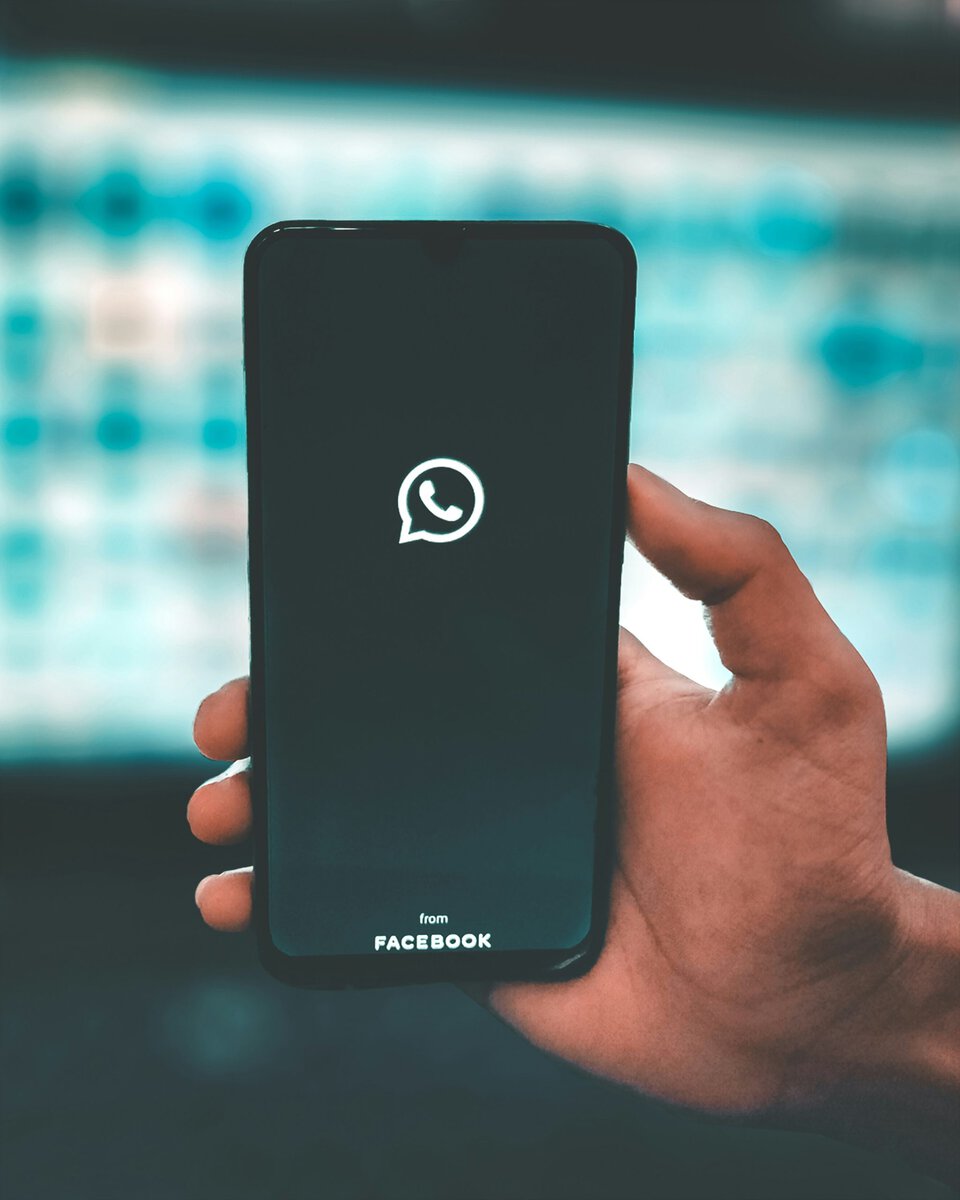Using a proxy address for WhatsApp can be a useful tool for various reasons, such as accessing WhatsApp from countries where it’s restricted or enhancing privacy by masking your real IP address.
For even greater privacy and to avoid detection, you can pair proxies with tools like the Multilogin antidetect browser, which creates unique browser environments to shield you from tracking mechanisms.
While WhatsApp doesn’t offer built-in proxy support, you can still utilize proxies through third-party applications or services. Here’s a guide on how to get a proxy address for WhatsApp:

1. Choose a Proxy Service Provider
The first step is to select a reliable proxy service provider. There are numerous options available, ranging from free to paid services. It’s essential to research and choose a provider known for reliability, security, and speed.
2. Sign Up and Obtain Proxy Address
Once you’ve chosen a proxy service provider, sign up for an account. After registration, you’ll typically receive login credentials and access to a dashboard where you can manage your proxy settings.
3. Configure Proxy Settings
After logging in to your proxy service provider’s dashboard, navigate to the settings section or proxy configuration page. Here, you’ll find options to configure your proxy settings, including selecting the type of proxy (HTTP, HTTPS, SOCKS), choosing server locations, and obtaining proxy addresses.
4. Obtain Proxy Address and Port Number
Within the proxy configuration settings, locate the proxy address and port number assigned to you by the service provider. These details are essential for setting up the proxy connection on your device.
5. Set Up Proxy on Your Device
Once you have the proxy address and port number, you’ll need to configure your device to use the proxy. The process varies depending on your device’s operating system (iOS or Android) and version. Here’s a general guide:
For Android Devices:
1. Open the Settings app on your Android device.
2. Navigate to the “Wi-Fi” or “Network & Internet” section.
3. Tap on the Wi-Fi network you’re connected to.
4. Select “Modify Network” or “Advanced” options.
5. Scroll down and find the “Proxy” settings.
6. Choose “Manual” and enter the proxy address and port number provided by your proxy service provider.
7. Save the settings and reconnect to the Wi-Fi network.
For iOS Devices:
1. Go to the Settings app on your iPhone or iPad.
2. Tap on “Wi-Fi” settings.
3. Find the Wi-Fi network you’re connected to and tap on the “i” icon next to it.
4. Scroll down and tap on “Configure Proxy.”
5. Select “Manual” and enter the proxy address and port number.
6. Save the settings and reconnect to the Wi-Fi network.
6. Test the Proxy Connection
Once you’ve configured the proxy settings on your device, it’s essential to test the connection to ensure it’s working correctly. You can do this by accessing a website or using a proxy testing tool available online.
7. Use WhatsApp with Proxy
With the proxy configured on your device, you can now use WhatsApp as usual. The proxy will route your WhatsApp traffic through the designated server, masking your real IP address and providing access to WhatsApp even in restricted regions.
Important Considerations:
1. Security: Ensure you choose a reputable proxy service provider to protect your data and privacy.
2. Performance: The speed and reliability of the proxy server can affect your WhatsApp experience. Opt for a service provider known for fast and stable connections.
3. Legal Compliance: Be aware of any legal implications of using proxies, especially in regions where their use may be restricted or regulated.
By following these steps, you can obtain a proxy address for WhatsApp and use it to access the app securely and privately, regardless of your location. Remember to prioritize security and choose a reliable proxy service provider to ensure a seamless WhatsApp experience.

